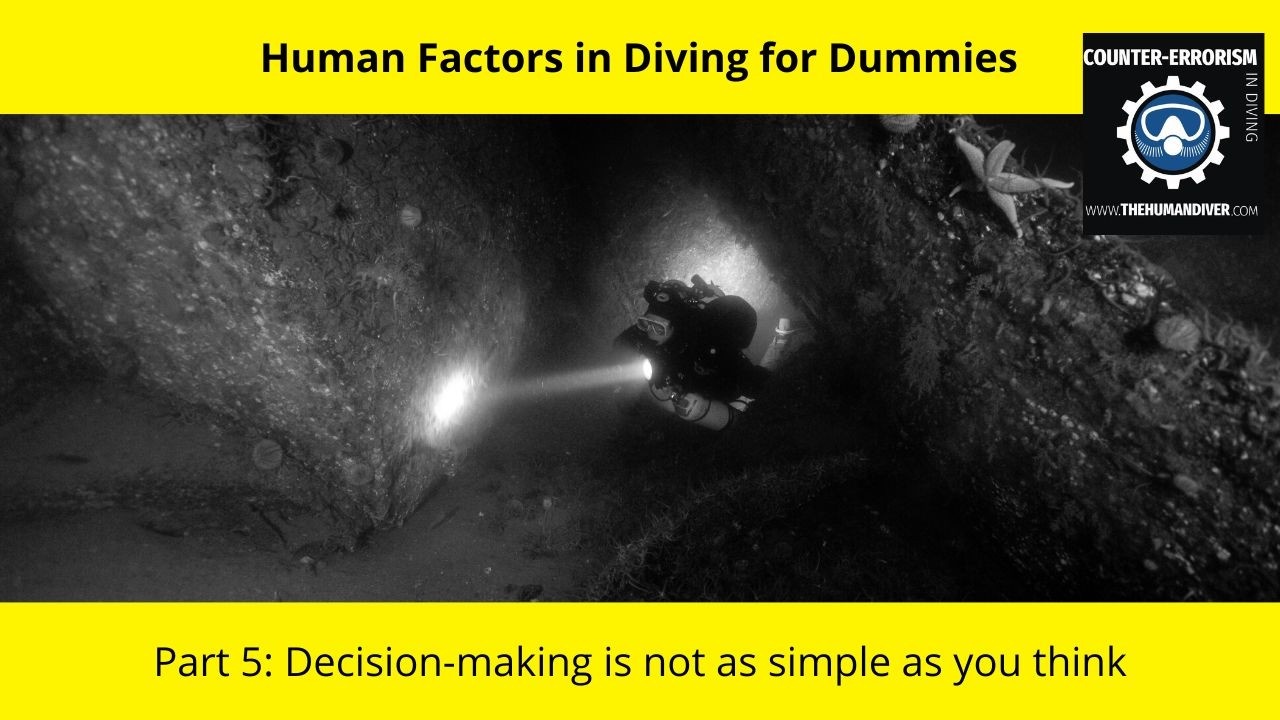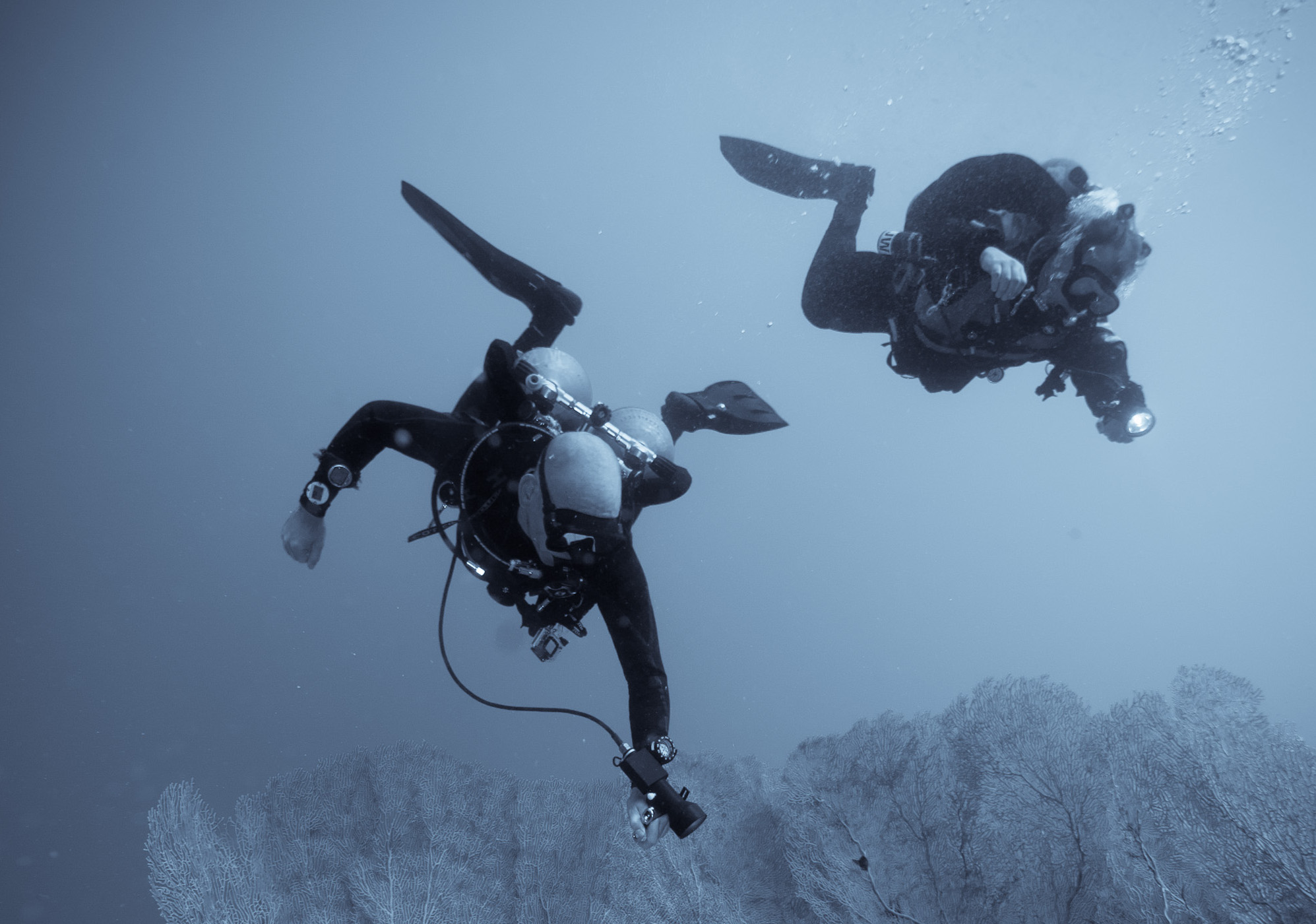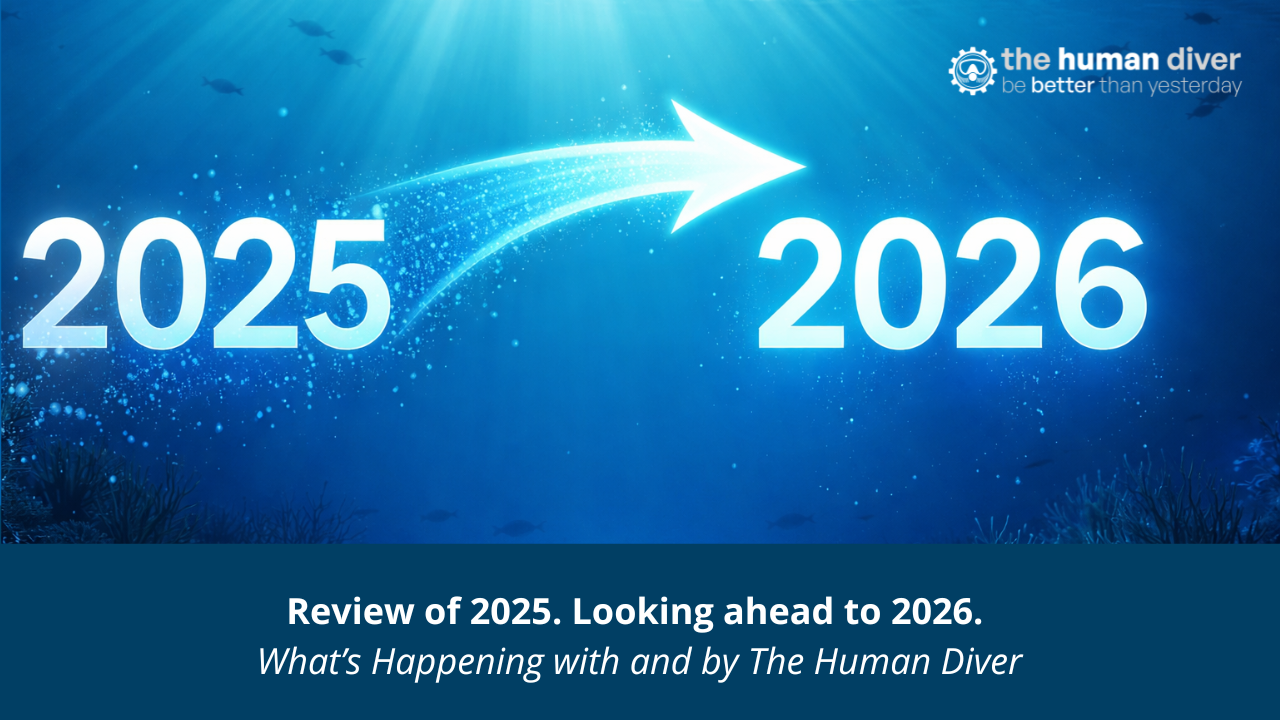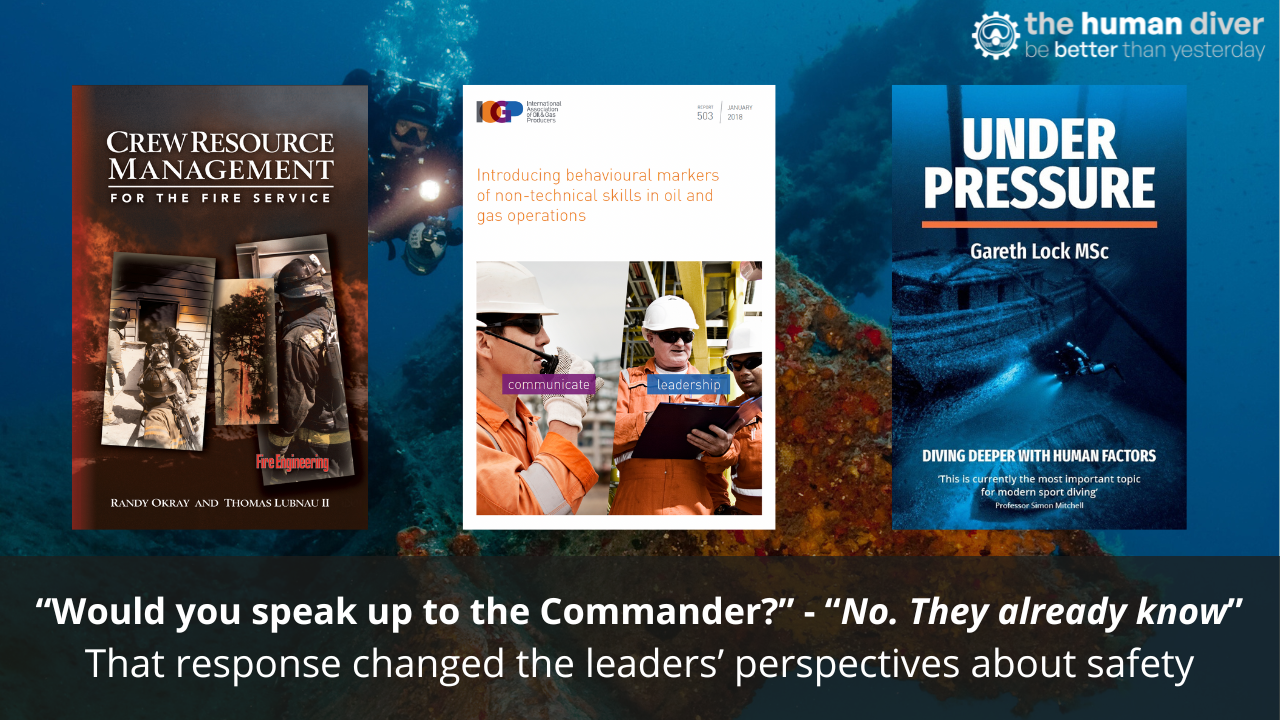
HF in Diving for Dummies: Part 5: Decision-making is not as simple as you think
Sep 25, 2022When was the last time you had to make a decision? I’m guessing probably at most only a few minutes ago. That decision could have been huge (Yes, I’m going to buy this house) or tiny (Yes, I’ll have a cup of tea). We make thousands of decisions every day and most of them we wouldn’t even recognise as being decisions because our answers to them are unconscious. But when we’re underwater, decision-making can be the difference between life and death, so we need to make sure we’re making the right one. But how do we do that?

Every decision we make is different. You may have noticed that when you’re in a familiar situation, it’s very easy to decide what to do but when you’re doing something for the first time it can be more difficult. This is because of the way we make decisions. There are several models that describe how we make decisions, and one of the most popular states that we have two methods of thinking; system 1 and system 2. System 1 is what we use in familiar situations, it’s the “auto-pilot”. When you drive to work, get there and don’t even remember the journey? Yep, you were using system 1. It’s really fast and works for things that you do on a regular basis or are find very easy. But no one starts off being able to drive a car without thinking. We start off by using system 2 thinking. This is much slower and is where we are consciously having to think about things. Remember back when you were learning and you had to think “mirror, signal, then manoeuvre”? That’s because it was a new skill, so required System 2. The more we practise things, the easier they get and eventually they’ll move into System 1.
Another way of looking at decision-making is to look at how experts make decisions vs. beginners. In the situation awareness blog I’ve mentioned using cues or “clues” to help us make decisions. If an experienced diver finds themself in a new situation, they will look around, see what is happening, note what resources they have and make decisions based on that information using previous experience as a mental model. However, a beginner might see all the same things but not know what to do with that information. Or might take so long to figure out what to do that the situation has changed.

I was once leading a dive with 2 new divers. The plan that had been briefed was to swim in one direction until the first person reached 110 bar, then shallow up and return to our start point. We wouldn’t be able to get out at any point other than the entrance we’d used, due to the coral. As we were swimming along I could feel a gentle current pushing us from behind. I checked the others’ gas and when one of them told me he had 130 bar, I gave the signal to turn the dive. He looked confused and repeated the “130” sign back to me. I nodded and again gave the sign to turn, this time also indicating that there was a current. I saw his eyes open in understanding.
After the dive, we discussed why I’d made the decision to turn early. Even though they both acknowledged that they’d felt the current, neither had realised what it would mean if they had stuck to the original plan. Because I’d been in that situation before, it was an easy decision for me to make. They didn’t have the same experience, so no mental model to help them. This is where debriefs really help, by sharing the thought process it allows others to use that mental model in the future if they find themselves in a similar situation.
You can use this information to help you. When you’re learning something new, practise! Remember “Practise makes permanent”. It helps transfer the skills from system 1 to system 2 thinking. And use debriefs to help share an understanding of mental models. If someone has made a different decision than the one you would have made, ask why. It may be that they saw different clues, picked up on something you didn’t or had a previous experience they could draw from. When you start looking closely at the decisions people make it helps you to understand them much more and therefore know what they’re likely to do in the future, really useful if you’re in an environment where communication is difficult, such as underwater!
Next in this series is communication, and why it sometimes goes wrong!
Linked blogs about decision-making in diving
https://www.thehumandiver.com/blog?tag=decision-making
Jenny is a full-time technical diving instructor. Prior to diving, she worked in outdoor education for 10 years teaching rock climbing, white water kayaking and canoeing, sailing, skiing, caving and cycling, among other sports. Her interest in team development started with outdoor education, using it as a tool to help people learn more about communication, planning and teamwork.
Since 2009 she has lived in Dahab, Egypt teaching SCUBA diving. She is now a technical instructor trainer for TDI, advanced trimix instructor, advanced mixed gas CCR diver and helitrox CCR instructor.
Jenny has supported a number of deep dives as part of H2O divers dive team and works as a safety diver in the stunt industry.
If you'd like to deepen your diving experience, consider taking the online introduction course which will change your attitude towards diving because safety is your perception, visit the website.
Want to learn more about this article or have questions? Contact us.












